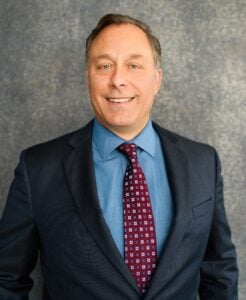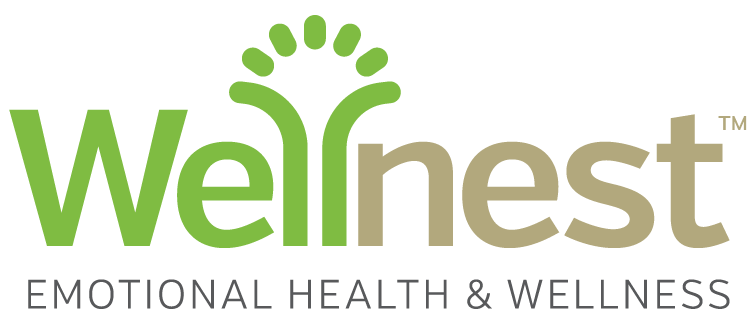
Adam Sternberg
Wellnest
Director of Outpatient Services
Hi Adam, briefly share with us what your role is and what your primary duties are at Wellnest.
I’m the Director of Outpatient Services at our Exposition Park site, overseeing five programs: our centralized enrollment clinic (Access), Outpatient Services, Psychiatric Services, School-Linked Services, and the pre-doctoral training program I co-lead with Dr. Rick Saneda. I’m responsible for staffing, procedures, and training to ensure high-quality clinical care, while also supporting program improvements and development in response to agency and community needs.
What inspired you to work in mental health?
My inspiration to work in mental health comes from two main experiences. Growing up, I attended different schools in different towns and saw how social expectations varied, including facing some religious prejudice. In high school, I also lost two peers to drug related suicide, which led me to explore how substance use and life experiences impact mental health.
What do you believe are the biggest challenges in mental health care today?
One of the biggest challenges in mental health care today is keeping up with environmental changes (like COVID), the socio-political climate (e.g., ICE raids, economic shifts), and rapid technological advancements. While the field adapted well during the pandemic – quickly shifting to remote platforms like Zoom – technology continues to outpace clinical practice. Finding the right balance between in-person and telehealth services remains a challenge, especially when considering client risk factors and the quality of therapeutic connection. While telehealth increases access for many, it can also lead to disconnection, such as clients taking calls in distracting settings or therapists missing nonverbal cues critical to care.
And, how is Wellnest addressing these challenges?
Wellnest has proactively addressed these issues by implementing a hybrid work week, supporting both flexibility and in-office connection. The agency also promotes in-person engagement to maintain community and evaluates whether telehealth is clinically appropriate for each client – especially those who may be at risk and need closer observation.
What do you think are the biggest stressors facing mental health professionals today?
One of the biggest stressors for mental health professionals today – especially in community mental health – is a crisis of conviction. During COVID, providers had to quickly adapt to protect both their clients and themselves, often at great personal cost. Many contracted the virus, cared for ill family members, or even left the profession. The pandemic’s isolation and trauma deeply impacted providers and communities, contributing to rising rates of anxiety, depression, substance use, and a record high in suicides in 2022 – the highest since 1941. This collective trauma has reshaped our social fabric, making it harder to reconnect and engage in healthier ways. At the same time, community mental health operates under a different financial model than private practice. Salaries depend on public funding, not on how many clients providers see. So while the complexity of care has increased, financial compensation hasn’t kept pace.
Are you seeing any innovative ways or approaches that are shaping the future of mental health? How do you stay up on trends and best practices in mental health?
To maintain my license, I complete at least 18 hours of continuing education annually – through in-person, virtual, or self-paced seminars, many offered by Wellnest’s internal training program. I also subscribe to professional journals and stay engaged through weekly supervision with agency leaders and providers exploring new approaches. Somatic Processing is a therapeutic approach that focuses on the body’s response to trauma and stress, rather than solely addressing the mind and accessing these responses verbally when they may defy a verbal understanding. The client’s attention is directed toward internal sensations rather than focusing only on cognitive or emotional experiences. It’s based on the idea that our bodies can store and release emotional and physical tension from past experiences. Somatic therapy aims to help individuals become more aware of their physical sensations and emotions, and to learn how to regulate their nervous system.
One emerging area I find promising is medication-facilitated trauma processing. The idea is that substances like ketamine or psychedelics (e.g., mushrooms) can act as emotional buffers, helping trauma survivors process painful memories with less distress. While early research is promising, it’s essential these treatments stay in the hands of trained professionals – they aren’t meant to be self-help tools. And they’re still far from being widely available, especially in community mental health settings
Anything you would share or any advice you would give the next generation of mental health professionals?
For those entering the field, it’s crucial to stay connected to your personal mission and values. Mental health work is much more than a weekly conversation – it often means navigating intense client needs, resistant systems, and unpredictable societal challenges. Knowing why you chose this path and grounding yourself in that purpose will help guide your treatment and sustain you through the tougher moments.
